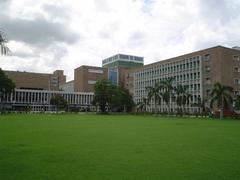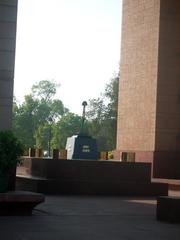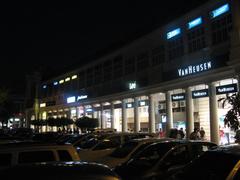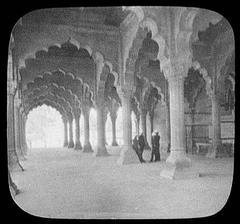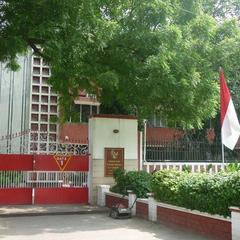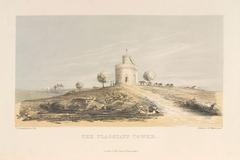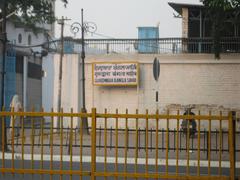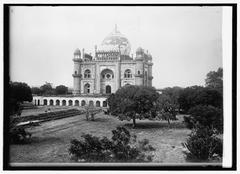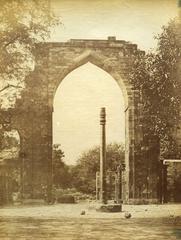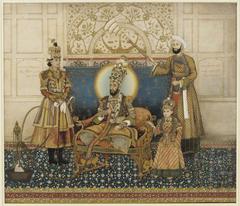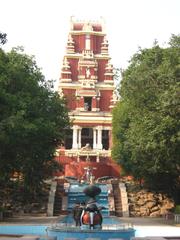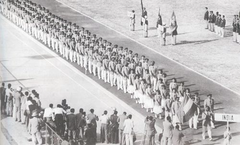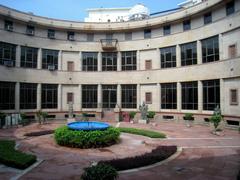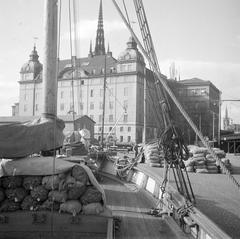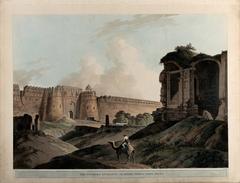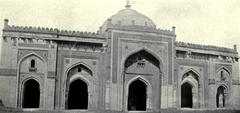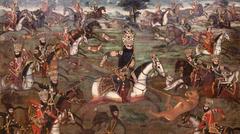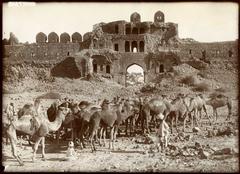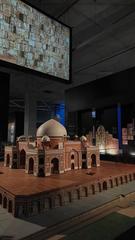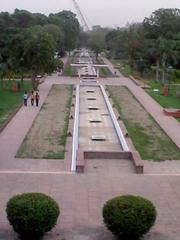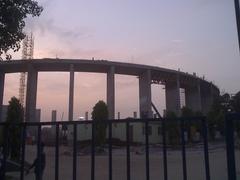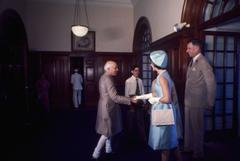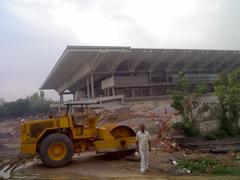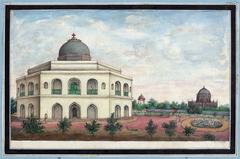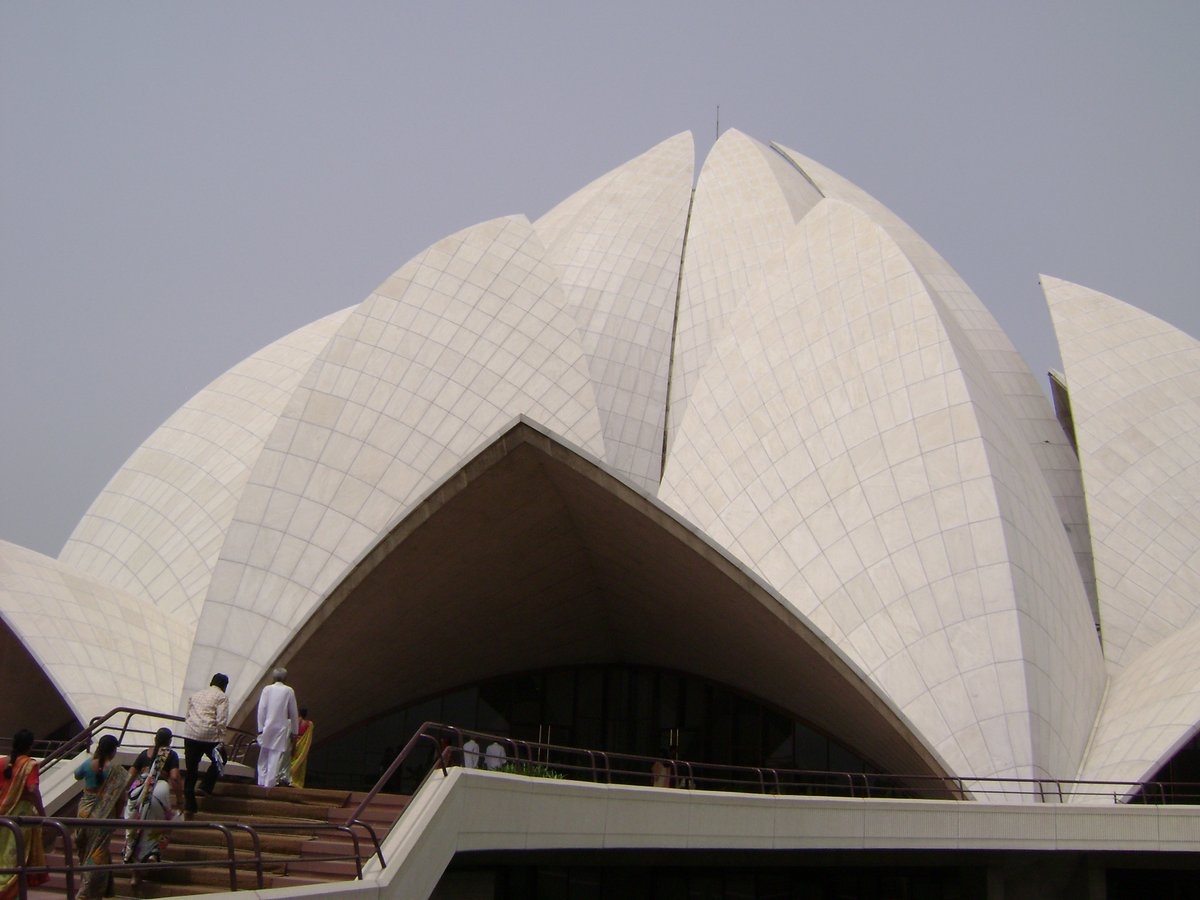
Guide to Visiting Lotus Bahai Temple New Delhi India
Date: 16/07/2024
Introduction
Planning a visit to the Lotus Bahai Temple in New Delhi, also known as the Bahá’í House of Worship, promises a journey through history, culture, and architectural marvels. This iconic landmark, completed in 1986, stands as a testament to the principles of unity, peace, and inclusivity espoused by the Bahá’í Faith. Designed by Iranian architect Fariborz Sahba, the temple’s unique lotus-shaped structure symbolizes purity and peace, reflecting Indian cultural motifs and the Bahá’í Faith’s emphasis on the unity of all religions. Situated in the Bahapur area of New Delhi, the temple is not only a spiritual haven but also an architectural masterpiece that attracts millions of tourists annually. This comprehensive guide aims to cover everything you need to know about visiting the Lotus Bahai Temple, from its historical and architectural significance to practical visitor information and nearby attractions, ensuring an enriching and memorable experience. For more details, you can explore the Bahá’í House of Worship website.
Table of Contents
- Introduction
- Historical Background
- Architectural Design
- Visitor Experience
- Nearby Attractions
- Accessibility
- FAQ
- Conclusion
Historical Background
The Lotus Bahai Temple, also known as the Bahá’í House of Worship, is one of the most iconic landmarks in New Delhi, India. The temple was completed in 1986 and serves as a place of worship for the Bahá’í Faith, a religion founded by Bahá’u’lláh in the 19th century in Persia. The Bahá’í Faith emphasizes the spiritual unity of all humankind, and this principle is reflected in the temple’s design and purpose.
The idea for the temple was conceived by the Bahá’í community in India, which sought to create a space that would be open to people of all religions and backgrounds. The project was funded by donations from Bahá’ís around the world, and the temple was designed by Iranian architect Fariborz Sahba. The construction took approximately ten years, involving engineers, artisans, and workers from various countries, symbolizing the global unity that the Bahá’í Faith promotes.
Architectural Design
Inspiration and Symbolism
The Lotus Bahai Temple is renowned for its unique and striking architectural design, which draws inspiration from the lotus flower, a symbol of purity and peace in Indian culture. The lotus is also a recurring motif in various religious traditions, including Hinduism, Buddhism, and Jainism, making it a fitting symbol for a temple that welcomes people of all faiths.
The temple’s design consists of 27 free-standing marble-clad “petals” arranged in clusters of three to form nine sides. This nine-sided structure is significant in the Bahá’í Faith, as the number nine symbolizes completeness and unity. The central hall, which can accommodate up to 2,500 people, is surrounded by nine doors, further emphasizing the theme of inclusivity and openness.
Construction and Materials
The construction of the Lotus Bahai Temple involved meticulous planning and the use of advanced engineering techniques. The petals are made of white marble sourced from the Penteli mountain in Greece, the same marble used in the construction of the Parthenon. The choice of marble not only enhances the temple’s aesthetic appeal but also ensures its durability and longevity.
The structural framework of the temple is made of concrete, with the petals supported by a series of radial and circumferential beams. The use of prefabricated components allowed for precise assembly and reduced construction time. The temple’s design also incorporates natural ventilation and lighting, with the petals allowing sunlight to filter into the central hall, creating a serene and uplifting atmosphere.
Architectural Significance
A Masterpiece of Modern Architecture
The Lotus Bahai Temple is widely regarded as a masterpiece of modern architecture, blending traditional Indian motifs with contemporary design principles. The temple has received numerous awards and accolades for its innovative design and engineering, including the 1987 GlobArt Academy Award and the 2000 American Concrete Institute Award for Excellence in Concrete Construction.
The temple’s design has also been featured in various architectural publications and exhibitions, highlighting its significance as a landmark of modern architecture. The combination of form and function, along with the use of sustainable design principles, has made the Lotus Bahai Temple a model for future architectural projects.
Cultural and Religious Impact
The Lotus Bahai Temple has had a profound impact on both the cultural and religious landscape of New Delhi. As a Bahá’í House of Worship, the temple is open to people of all faiths and serves as a space for meditation, prayer, and reflection. The temple hosts regular devotional meetings, where passages from various religious texts are read, promoting interfaith harmony and understanding.
The temple has also become a popular tourist destination, attracting millions of visitors from around the world each year. Its serene and tranquil environment provides a welcome respite from the hustle and bustle of the city, and its architectural beauty continues to inspire awe and admiration.
Visitor Experience
Practical Information
The Lotus Bahai Temple is located in the Bahapur area of New Delhi and is easily accessible by public transportation. The nearest metro station is Kalkaji Mandir, which is a short walk from the temple. The temple is open to visitors every day except Mondays, from 9:00 AM to 5:00 PM. Admission is free, but visitors are encouraged to maintain silence and respect the sanctity of the space.
Tips for Visitors
- Dress Code: Visitors are advised to dress modestly, covering their shoulders and knees, as a sign of respect for the sacred space.
- Photography: Photography is allowed in the temple’s exterior areas but is prohibited inside the central hall to maintain a peaceful atmosphere.
- Guided Tours: Free guided tours are available, providing insights into the temple’s history, architecture, and the Bahá’í Faith.
- Facilities: The temple complex includes a visitor center with informative displays, a bookstore, and restrooms. There are also beautifully landscaped gardens and reflecting pools surrounding the temple, offering a serene environment for relaxation and contemplation.
Nearby Attractions
While visiting the Lotus Bahai Temple, you may also explore nearby attractions such as the Kalkaji Mandir, the ISKCON Temple, and the Nehru Place market. These sites offer a blend of spiritual, cultural, and commercial experiences, making your trip to New Delhi even more enriching.
Humayun’s Tomb
Located approximately 8 kilometers from the Lotus Bahai Temple, Humayun’s Tomb is a UNESCO World Heritage Site and a must-visit for history enthusiasts. Built in 1570, this magnificent structure is the tomb of the Mughal Emperor Humayun and is considered a precursor to the Taj Mahal. The tomb is set in a vast, well-maintained garden and showcases Persian architectural influences. Visitors can explore the main tomb, the surrounding gardens, and several smaller monuments within the complex. For more information, visit the UNESCO World Heritage Centre.
Qutub Minar
Another UNESCO World Heritage Site, the Qutub Minar, is located about 15 kilometers from the Lotus Bahai Temple. This towering minaret, standing at 73 meters, was constructed in 1193 by Qutb-ud-din Aibak. The Qutub Minar complex also includes the Quwwat-ul-Islam Mosque, the Iron Pillar, and several other ancient structures. The intricate carvings and the historical significance of the site make it a fascinating visit. More details can be found on the Archaeological Survey of India website.
India Gate
Situated around 12 kilometers from the Lotus Bahai Temple, India Gate is a war memorial dedicated to the soldiers of the British Indian Army who died in World War I. Designed by Sir Edwin Lutyens, this 42-meter-high archway is surrounded by lush lawns, making it a popular spot for picnics and evening strolls. The Amar Jawan Jyoti, an eternal flame, burns under the arch in memory of the unknown soldiers. For more information, visit the Delhi Tourism website.
Lodhi Gardens
Located about 10 kilometers from the Lotus Bahai Temple, Lodhi Gardens is a serene escape in the heart of New Delhi. Spread over 90 acres, the gardens house the tombs of 15th-century rulers Sikandar Lodi and Muhammad Shah. The well-manicured lawns, ancient monuments, and a variety of flora make it a perfect spot for a leisurely walk or a picnic. More details can be found on the Delhi Tourism website.
Dilli Haat
Approximately 14 kilometers from the Lotus Bahai Temple, Dilli Haat is an open-air market that offers a vibrant mix of crafts, food, and cultural performances. The market features stalls from different states of India, showcasing their unique handicrafts and cuisines. It’s an excellent place to buy souvenirs and experience the diverse culture of India. For more information, visit the Dilli Haat website.
Accessibility
The Lotus Bahai Temple is designed to be accessible to all visitors, including those with disabilities. Ramps and pathways are available for wheelchair access, and the staff is always ready to assist visitors in need.
FAQ
- What are the visiting hours for the Lotus Bahai Temple? The temple is open from 9:00 AM to 5:00 PM every day except Mondays.
- Do I need tickets to visit the Lotus Bahai Temple? No, admission is free.
- How do I get to the Lotus Bahai Temple? The nearest metro station is Kalkaji Mandir, which is a short walk from the temple.
- Is photography allowed inside the Lotus Bahai Temple? Photography is allowed in the exterior areas but not inside the central hall.
Conclusion
The Lotus Bahai Temple stands as a testament to the principles of unity, peace, and inclusivity that the Bahá’í Faith espouses. Its unique architectural design, inspired by the lotus flower, and its open-door policy for people of all faiths make it a symbol of harmony and understanding in a diverse and multicultural world. Whether you are a spiritual seeker, an architecture enthusiast, or a curious traveler, a visit to the Lotus Bahai Temple promises to be a memorable and enriching experience.
Call to Action
For more information on visiting the Lotus Bahai Temple and exploring other historical sites in New Delhi, download the Audiala app, check out our other related posts, or follow us on social media for updates.
References
- Bahá’í House of Worship, 2024, https://www.bahaihouseofworship.in/
- Delhi Metro, 2024, http://www.delhimetrorail.com/
- UNESCO World Heritage Centre, Humayun’s Tomb, 2024, https://whc.unesco.org/en/list/232/
- Archaeological Survey of India, Qutub Minar, 2024, https://asi.nic.in/qutub-minar/
- Delhi Tourism, India Gate, 2024, https://www.delhitourism.gov.in/delhitourism/tourist_place/india_gate.jsp
- Delhi Tourism, Lodhi Gardens, 2024, https://www.delhitourism.gov.in/delhitourism/tourist_place/lodhi_garden.jsp
- Dilli Haat, 2024, http://www.dillihaat.net.in/
- Bahá’í World Centre, 2024, https://www.bahai.org/
- Bahá’í Faith, Prayer and Meditation, 2024, https://www.bahai.org/beliefs/life-spirit/prayer-meditation


